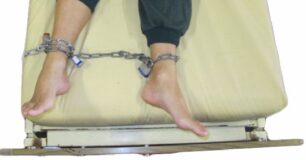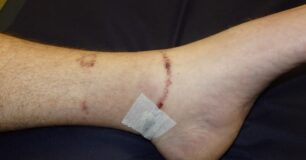Background
For the purposes of this review we defined routine restraint as restraints used in a preventative manner to reduce the risk of escape or reduce the likelihood that a prisoner will harm themselves or others. This differs to restraint use in response to an incident, which is considered a use of force. Specific rules and …
Read moreKey findings
There is no uniform policy guidance on routine restraint use The authority for the use of restraint is clearly outlined in legislation, but there is no specific Department policy dealing with routine restraint. Some guidance on restraint use is provided in policy about use of force and further guidance is in policy on prisoner movements …
Read moreConclusion
There is a lack of records about the use of routine restraint which makes it almost impossible to determine with certainty if restraints are being used appropriately. However, several case studies have highlighted that the use of routine restraint is not aligned with the risk the person poses of escape, or harm to themselves or …
Read moreRecommendations
Recommendation 1: Improve record keeping practices to ensure accurate, transparent records are kept. Recommendation 2: Change practice to ensure routine restraint is more closely aligned with individual risk, with particular consideration given to people who are not conscious people who are terminally ill the elderly or frail people with significant mobility issues …
Read more


